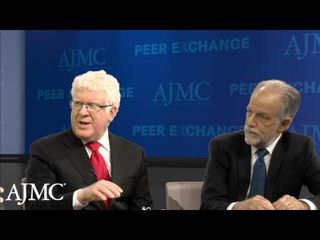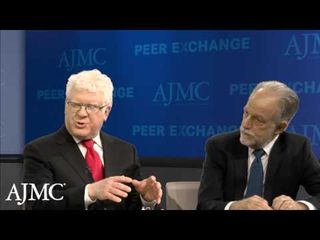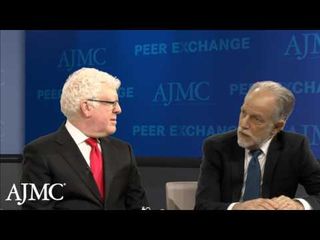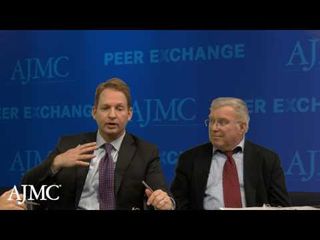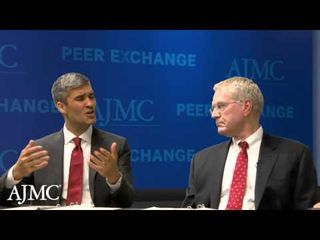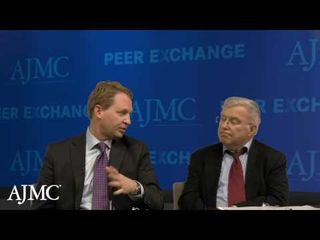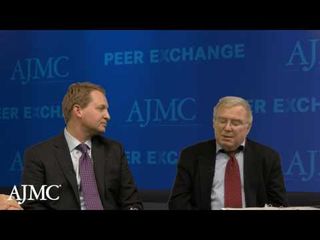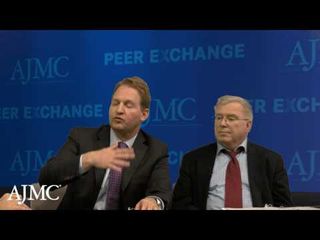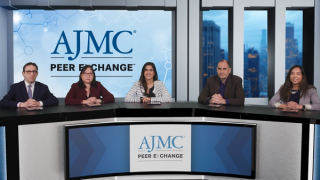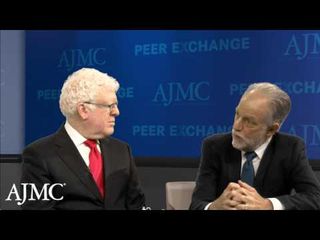
Clinical
Latest News

Video Series

Latest Videos
Podcasts
CME Content
More News

Children who undergo primary congenital glaucoma surgery had better visual acuity (VA) when wearing contact lenses compared with spectacles.

Early intervention and effective therapies are transforming multiple sclerosis management, enhancing patient outcomes, and delaying disability progression.

Panelists discuss how recent FDA approvals and SC amivantamab data support broader use of subcutaneous therapy in NSCLC.

Panelists discuss how SC delivery enhances patient convenience and health care efficiency in NSCLC treatment.

Nipocalimab shows promise in treating myasthenia gravis in children, with ongoing trials revealing safety and efficacy similar to adult studies, says Jonathan Strober, MD.

Panelists discuss how community and academic settings differ in applying third-line therapies for metastatic colorectal cancer and how collaboration benefits patients.

Panelists discuss how future RWE should expand to include survival, quality of life, and safety data to improve third-line mCRC care.
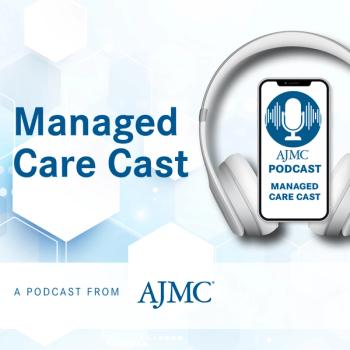
Lead CML researcher discusses the evolution of a groundbreaking treatment and its effect on patient survival.

Cefdinir is linked to nearly double the outpatient uncomplicated UTI treatment failure of cephalexin, with higher recurrence and increased resistance to other cephalosporins.
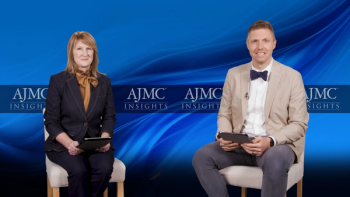
Panelists discuss how negative symptoms like lack of motivation, social withdrawal, and impaired expression significantly impact patients’ ability to maintain relationships and employment, representing a challenging aspect of care with limited effective treatment options.

Panelists discuss how physician assistants play an essential role in addressing the critical shortage of psychiatrists, particularly in rural areas, where 55% of US counties lack a single psychiatric provider and 143 million Americans live in psychiatric shortage areas.

Panelists discuss how oral azacitidine plus venetoclax represents a transformative advance toward completely oral regimens that could dramatically improve quality of life and accessibility, though challenges remain regarding cost, insurance coverage, and the complexity of managing multiple oral agents.

Panelists discuss how emerging therapies like menin inhibitors show promise based on strong preclinical data and clinical responses, while CD47 inhibitors have faced setbacks in phase 3 trials, with the greatest potential for novel agents likely in frontline combination settings.

Darla Chapman, DNP, ARNP, University of Washington, speaks on the evolution of Alzheimer diagnosis, emphasizing early detection and innovative biomarkers.
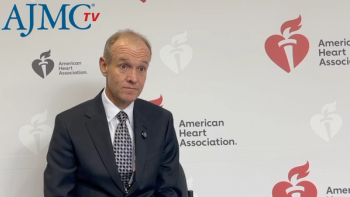
Tirzepatide's dual mechanism targets GIP and GLP-1, so it provides strong cardiovascular benefits, said Stephen Nicholls, MBBS, PhD, MBA.
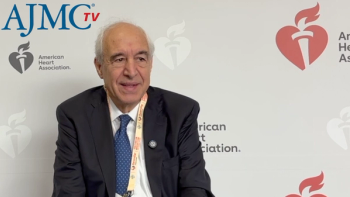
New findings reveal sotagliflozin's benefits for patients with heart failure with preserved ejection fraction without diabetes, said Juan Badimon, PhD.
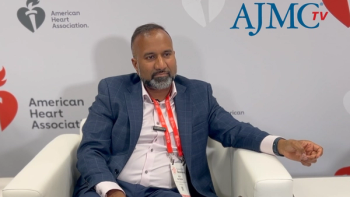
Integrating nephrology and cardiology care for patients with kidney and cardiovascular (CV) risks can be challenging but is possible, said Roy Mathew, MD.

Panelists discuss how payers typically require step therapy with SGLT2 inhibitors before approving nonsteroidal MRAs due to cost considerations, while acknowledging the need for head-to-head trials to determine incremental benefits, though early clinical experience suggests good tolerability and the potential for combination therapy initiation rather than sequential treatment approaches.

Panelists discuss how nonsteroidal MRAs like finerenone differ mechanistically from steroidal MRAs by lacking steroid rings (reducing steroid-related adverse effects like gynecomastia), having different mineralocorticoid receptor binding patterns, shorter half-lives, and potentially lower hyperkalemia risk, with strong evidence supporting their use in heart failure with preserved ejection fraction and additive benefits when combined with SGLT2 inhibitors.

Eosinophilia serves as a significant biomarker for predicting immune-related adverse events in NSCLC patients treated with immune checkpoint inhibitors.

Prioritizing education and shared decision-making can help patients with newly diagnosed heart failure feel less overwhelmed, said Martha Gulati, MD.
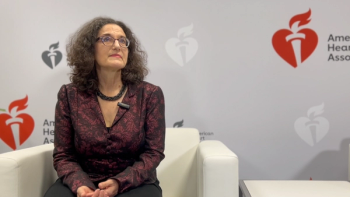
Sotatercept can enhance treatment for pulmonary arterial hypertension, even in patients already on conventional therapies, said Vallerie McLaughlin, MD.

The oral PCSK9 inhibitor enlicitide can change cholesterol management with high efficacy and improved adherence, said Ann Marie Navar, MD, PhD.

In a phase 3 trial, the investigational oral PCSK9 inhibitor enlicitide reduced LDL cholesterol by nearly 60% in adults with or at risk for ASCVD.

Brensocatib improves lung structure and reduces exacerbations in non-cystic fibrosis bronchiectasis with or without COPD, according to posters presented at this year's CHEST meeting.





